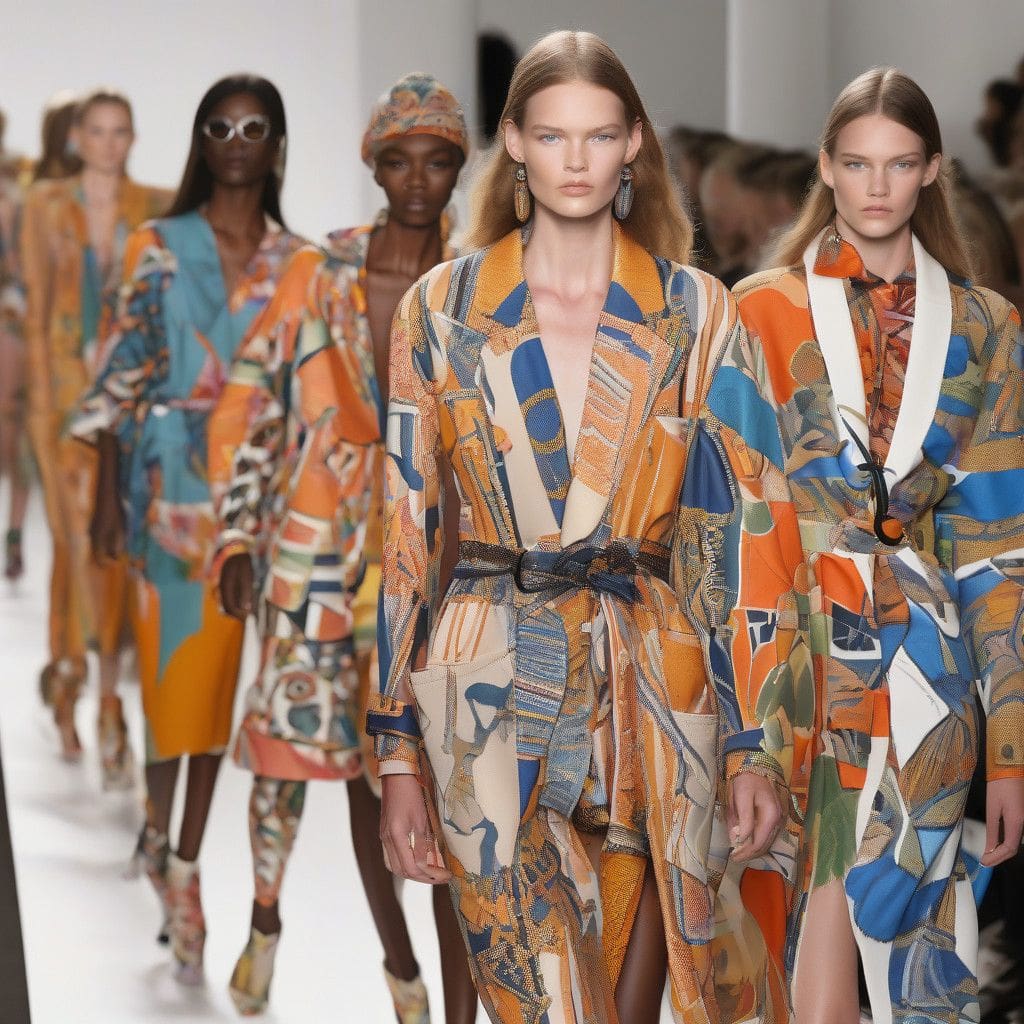Australian Fashion Week (AFW) is set to proceed next year, despite the recent departure of IMG, the global events company that managed the platform for nearly two decades. As the Australian Fashion Council (AFC) steps in to oversee the event, uncertainties linger regarding its format, location, and operational strategy, prompting discussions around the future of one of the Southern Hemisphere’s premier fashion showcases.
After IMG announced its exit from the Australian market, there was palpable concern among local designers and industry stakeholders about the viability of AFW. IMG’s decision to terminate its fashion events business in Australia led many to fear that the platform, originally established in 1996 by Simon Lock, might face significant changes or even dissolution. However, Marianne Perkovic, chair of the AFC, expressed confidence in the local community’s ability to manage the event, stating, “The time has come for Australian fashion to be represented by those who know it best—our own community.”
The AFC’s proactive approach has been met with relief from industry leaders. Jaana Quaintance-James, the chief executive of AFC, emphasized the organization’s commitment and focus, asserting that they possess the industry insight necessary to lead AFW into its next iteration scheduled for May 2025. Yet, the lack of clarity about the event’s operational details raises questions about its long-term sustainability, especially in a market that has experienced significant fluctuations recently.
The financial stability of AFW has come under scrutiny, particularly after the fintech company Afterpay withdrew its sponsorship agreement earlier this year. Despite this, the jeweller Pandora has stepped in as the presenting partner for the upcoming event, indicating a resilient interest in supporting the fashion sector. The AFC’s new leadership will need to find a balance between maintaining established traditions while innovatively steering the event toward new opportunities.
Historically, AFW faced challenges in adapting to the shifting demands of the fashion world and its audience. The event has had to compete with the dynamic nature of global fashion weeks, particularly those that hinge on digital outreach and versatility post-pandemic. With changes in consumer spending habits and heightened expectations for sustainability, the AFC has a monumental task ahead—to not only rejuvenate the event but also position it as a key player on the international fashion calendar.
In terms of future prospects, the AFC has expressed a commitment to integrating local talent more prominently. This realignment could yield unique opportunities for emerging designers, who have long felt overshadowed by more established brands. The AFC’s new focus on community could foster collaboration, innovation, and ultimately, the reinvention of Australian fashion as a whole. The organization is also expected to prioritize sustainable practices, reflecting the global trend toward eco-consciousness in fashion.
Looking beyond Australia, the global fashion scene remains intertwined with various markets experiencing transformational changes. For instance, in the Gulf region, the Qatar Investment Authority (QIA) has made strategic appointments as it continues to solidify its position in the luxury retail market. Meanwhile, the Latin American Fashion Summit is gaining traction, with significant investments aimed at elevating regional fashion initiatives.
In the context of worldwide trends, Indian textile exports are anticipated to expand further, especially as the upcoming administration in the U.S. reshapes relationships with key trading partners. These global shifts underscore the importance of local events like AFW in telling the broader narrative of how fashion industries can adapt and thrive amid changes.
Overall, the comeback of Australian Fashion Week under the AFC’s management serves as a beacon of resilience and community-driven innovation. As the fashion community awaits exciting developments for the 2025 edition, it remains essential that all stakeholders collaborate to embrace this opportunity for revitalization.












